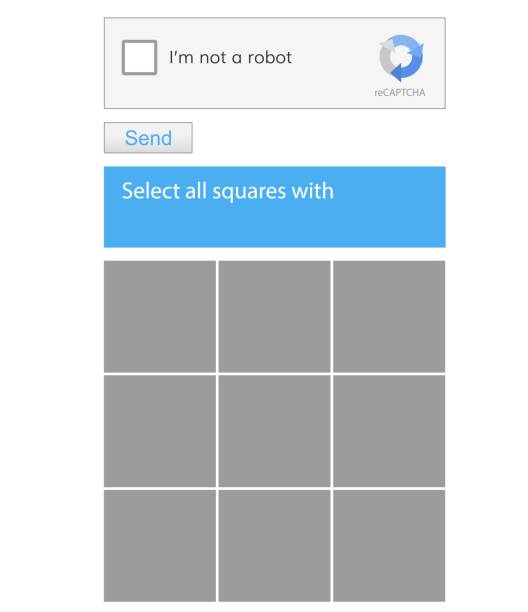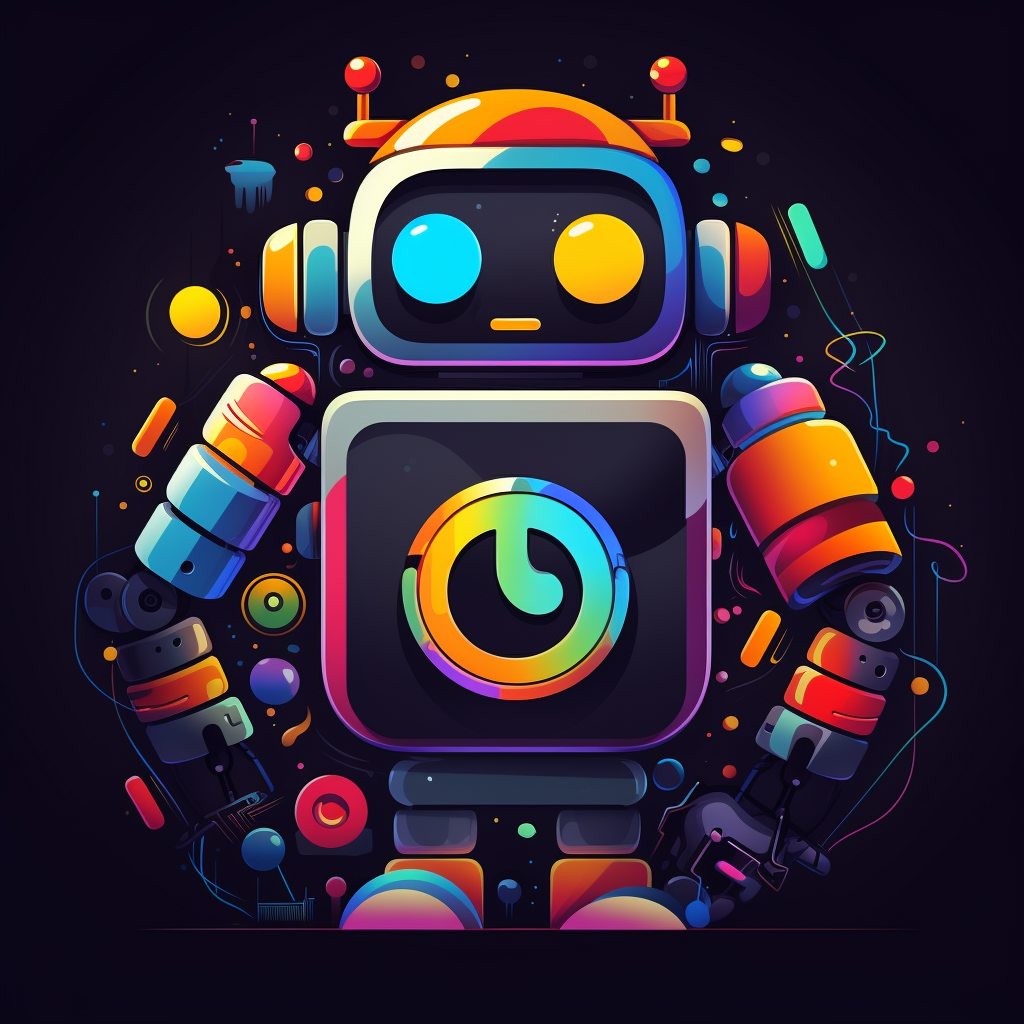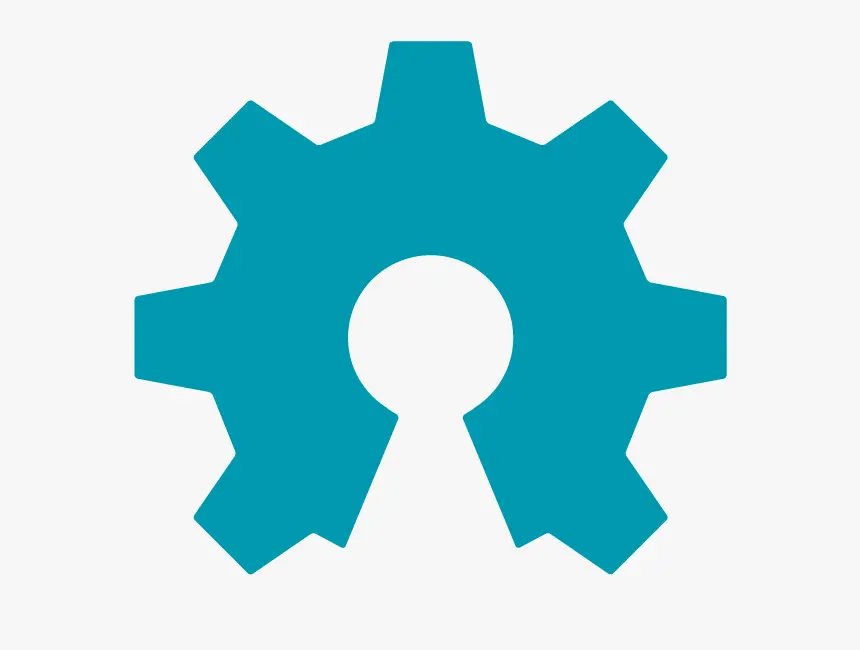Windows 11 has made the “clean Windows install” an oxymoron | Op-ed: PC makers used to need to bring their own add-on bloatware—no longer.::Op-ed: PC makers used to need to bring their own add-on bloatware—no longer.
Lol start menu…who even clicks that these days?
I feel Apple is missing out on the opportunity of taking more marketshare.
I remember the sub $750 2010 Macbook Air 11 inches that weighted 900grams and had a 6h battery. One of my favourite laptops all time and my first Mac.
Today Apple insists on iPads that have extremely limited functionality, and don’t really threat MS on entry level laptop market.
What? Apple is still releasing good laptops, m1 makbook air was unmatched for its price for like 2+ years and is still a machine that can last 6-10 hours under workload
Absolutely! Great machines indeed, I have one.
However, the sub-$1k market is under served with iPads only.
I think a 12 inches M1 Macbook can do some serious damage at this price range.
I guess (in their mind) their laptops are “premium” product and making a cheap one will lead to brand damage.
Plus, I remember how bad was previous 12 inch macbook, people will probably be very catious about it (if they ever make one)
This is the best summary I could come up with:
For a certain kind of computer buyer, the first thing you always did with a new laptop or desktop from a company like Dell, HP, Acer, or Asus wasn’t to open the box and start using it.
Computer manufacturers often distributed buggy, pointless, or redundant third-party software (“bloatware” or “crapware”) to help subsidize the cost of the hardware.
This might pass some savings on to the user, but once they owned their computer, that software mainly existed to consume disk space and RAM, something that cheaper PCs could rarely afford to spare.
Computer manufacturers also installed all kinds of additional support software, registration screens, and other things that generally extended the setup process and junked up your Start menu and desktop.
The “out-of-box experience” (OOBE, in Microsoft parlance) for Windows 7 walked users through the process of creating a local user account, naming their computer, entering a product key, creating a “Homegroup” (a since-discontinued local file and media sharing mechanism), and determining how Windows Update worked.
Due to the Microsoft Store, you’ll find several third-party apps taking up a ton of space in your Start menu by default, even if they aren’t technically downloaded and installed until you run them for the first time.
The original article contains 596 words, the summary contains 204 words. Saved 66%. I’m a bot and I’m open source!
This is the best summary I could come up with:
Use Linux.
I’m not a bot, beep boop.
Yea, no
A clean windows install is when you clean windows off your hard drive and install Linux
😄
Prove it !

I’ve been running Linux on my laptop for ages, because I really only use a web browser on it anyway.
It was the bloat and bullshit in Windows that made me switch my desktop gaming machine to Linux back in 2018. I was regularly spending time fiddling with settings, removing things Microsoft wanted to push, using third party tools to disable telemetry, etc and it occurred to me if I was going to spend all that time fixing and changing things, I might as well be running Linux.
In 2018 there was a bunch of games that didn’t work without a fair amount of work, but I was already spending time wrestling with my computer anyway and on Linux I didn’t also have the feeling that my OS was actively resisting me and trying to force me to do what it wanted.
If something on Linux didn’t work, it was because it hadn’t been built or fixed yet. It wasn’t because Corporate decided to use their OS to force their app store or cloud services onto people.
It wasn’t because Corporate decided to use their OS to force their app store or cloud services onto people.
Ubuntu and the snap store say hi!





